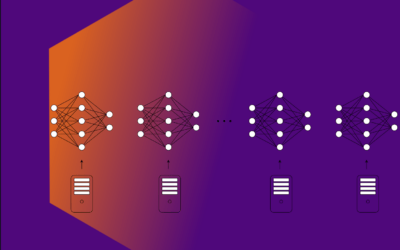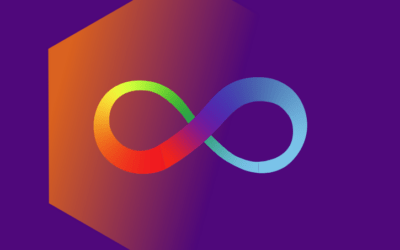Is it possible to control technology with your imagination?
The paper at hand by Fariburz Irani, Febryeric Parantean, Piper Powell, Johanna Venzke, and Junpei Zhong discusses four types of neural networks and their applicability to the domain of visual imagery, i.e. whether you can predict what action a user wants a brain-computer interface (BCI) to perform based on a subject’s neuronal data, usually electroencephalographic data (EEG). The paper provides a closer look into visual imagery tasks and the use of neural networks. The networks compared are standard artificial neural networks (ANNs), convolutional neural networks (CNNs), recurrent neural networks (RNNs), as well as spiking neural networks (SNNs). You will be introduced to the general pros and cons of each network and the specific advantages and disadvantages their architecture poses to the field of visual imagery. In the end you will be given a summary and a general recommendation.
Spoiler Alert: For the specific task of translating mental imagery into a command, CNNs are ill-suited; ANNs, RNNs, and SNNs do well but SNNs will potentially outperform the others in the long run.
Good to know:
- Ideally, you are familiar with the basics of Machine Learning, what an Artificial Neural Networks is, what different networks there are.
- You know about Electroencephalography (EEG) measurements, what is being measured and how
Course:
Neuroinformatics – Term paper for ‘Neurodynamics’ taught by Gordon Pipa. ST 2022
 Loading...
Loading...

Fariburz Irani

Febryeric Parantean
“Knowing and understanding the discussed neural networks allows selecting the proper approach for implementation.”

Piper Powell
“I am interested in visual imagery processing because my ultimate goal is to help develop technology that will allow users to display the images they imagine to others, especially those users who do not have artistic training with which to express the world of their imagination through other means. Such technology would also open new methods of communication that could potentially transcend barriers ranging from language to some forms of neurological injury.”

Johanna Venzke
“I’ve been interested in prosthetics and how they could be better integrated into the body and controlled for some time. When I first came into contact with this topic, it seemed more likely to control a prosthesis successfully with muscles and nerves near the prosthesis, which also removed the danger of a brain infection occurring. Nevertheless, the approach directly from the brain was still interesting to me. This project made me even more interested in that approach due to the widespread options and use of BCI.”

Junpei Zhong
“Trained as an engineering and computer scientist, I would like to explore the interdisciplinary explanation of the mysterious human mind. By understanding some of its physical and chemical mechanisms through mathematical formulations, I would also like to synthesize (part of) its functions with engineering methods.”




